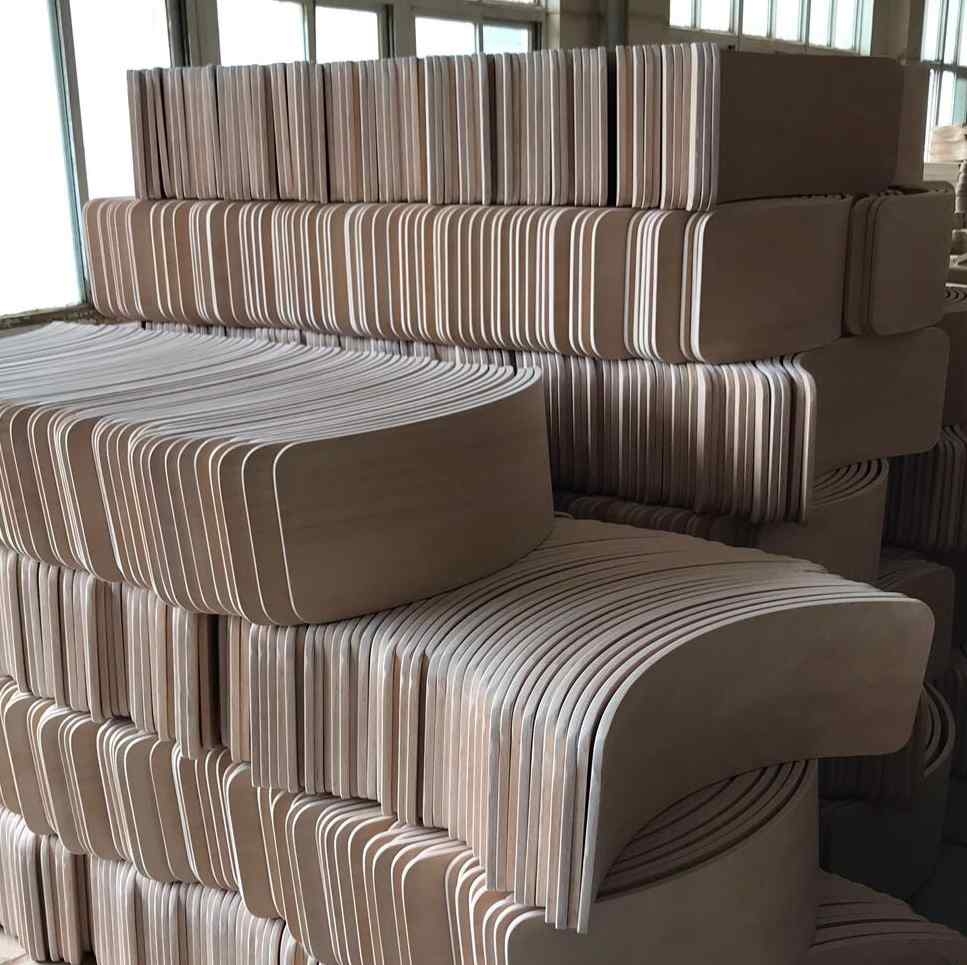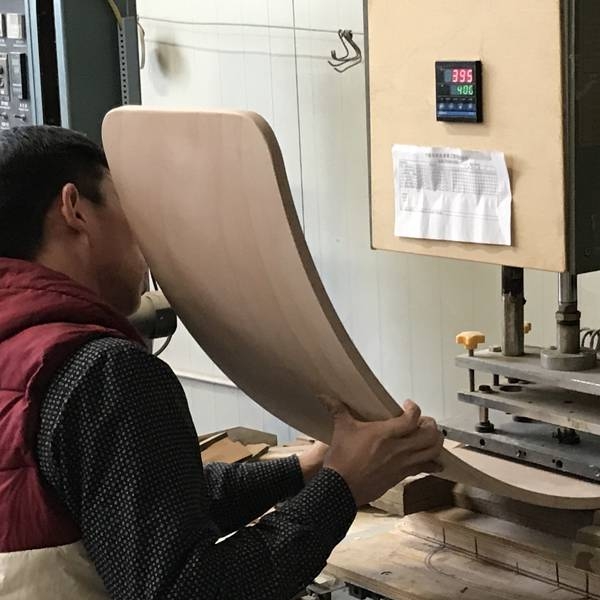The Kinderboard Story


Deceptively simple toys are incredibly hard work
Kinderboards look deceptively simple. Developed for use in Waldorf early childhood classrooms they're a simple but rather clever concept for developing a child's balance, stimulating their vestibular system and helping them gain a deeper awareness of their body and body parts. However, as is often the case with many of the world's most enduring toys things are never quite what they seem.
A Kinderboard's hidden cost and complexity begins with the raw material used in its manufacture. Each board is made using European Beech plywood; a heavier, denser timber than other cheaper options. This ensures it’s both strong and durable and thus will endure plenty of energetic play. The timber used is also FSC certified. This means it’s often more expensive than untraceable non-sustainably harvested alternatives.
A labour of love
However, before a board can be shaped, its plywood must first be manufactured. This process is surprisingly labour-intensive. It involves kiln drying raw logs until their moisture content falls below 2%, cutting thin veneer sheets from each log and then layering and glueing these sheets by hand to form plywood panels.
Kinderboards then begin their journey through the factory. This starts with each plywood panel being cut into rectangular shapes. A hot oil forge is used to soften each shape at a temperature of more than 130°C. The soften timber is then carefully bent using a custom built shaping form. The form holds the plank under tension until the softened wood cools and hardens into its final curve.
Patience is a virtue
It takes almost an hour to bend and set each board. This process involves an expensive industrial hot oil press that can only bend one board at a time. This obviously limits the volume of boards produced each day. Furthermore, not all planks survive the shaping process and must be discarded.
Raw planks that make it through the shaping process are then sanded and shaped by hand to ensure a smooth and elegant finish. This includes the addition of each board’s deceptively simple corner curves. Adding these finishing touches is a surprisingly time-consuming task.
Handcrafted from start to finish
The completed Kinderboard is then stained and lacquered. This involves up to four coats per board. Each coat is applied by hand and then hand sanded before the next is applied. Kinderfeets uses ecologically friendly stains and lacquers. These are more expensive than solvent-based alternatives.
A final quality review identifies and removes any boards which have developed significant cosmetic blemishes before packing and export. There are then additional costs associated with testing it to Australian standards, importing this relatively bulky toy and distributing it nationwide.
Despite its complex and often expensive manufacturing process, Kinderfeets Kinderboards are up to 25% cheaper than competitive products available in Australia. The simple things in life really aren't as simple as they seem.


